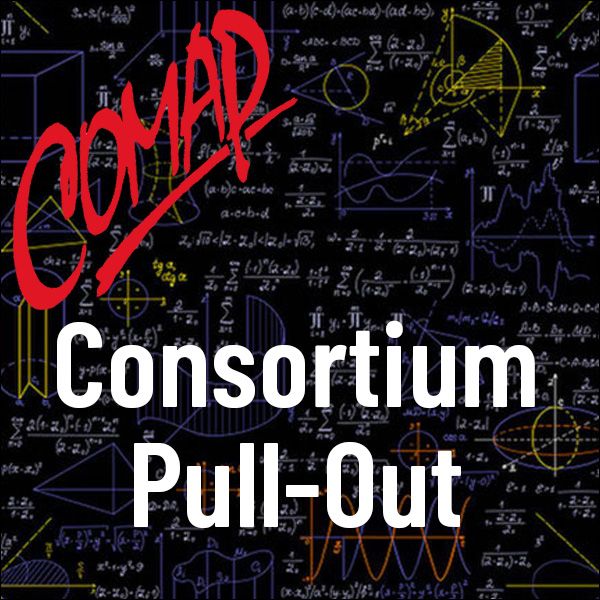Modeling with Sequences
Author: Marsha Davis
Teacher notes
In Activity 1, students use two types of sequences to model population growth over time. The assumption that population grows by a constant amount each year leads to an arithmetic- sequence. A more realistic assumption that population grows by a constant annual percentage leads to a geometric sequence. The context in Activity 2 is credit-card debt. In the first scenario, no interest is charged and the $200 payments lead to debt balances that form an arithmetic sequence. In the second scenario, interest is charged on the balance. In this case, the debt balances form a mixed sequence (a combination of arithmetic and geometric sequences). In Activity 3, students work with sequences that describe the rows of Pascal's triangle. A search for efficient formulas to calculate various terms in Pascal's triangle leads to several of Pascal's identities, which appear in his Treatise on the Arithmetical Triangle. Finally, the connection is made between the terms in the nth row of Pascal's triangle and combinations "n choose k" for k = 0, . . . n. Then, students use the rows of Pascal's triangle to construct probability models for the number of heads in n flips of a coin.
The activities in this Pull-Out address the following standards from the Common Core State Standards for High School Mathematics:
• F-IF-3: Recognize that sequences are functions, sometimes defined recursively, whose domain is a subset of the integers.
• F-BF-2: Write arithmetic and geometric sequences both recursively and with an explicit formula, use them to model situations, and translate between the two forms.
• F-LE-2: Construct linear and exponential functions, including arithmetic and geometric sequences, given a graph, a description of a relationship, or two input-output pairs (including reading them from a table).
Mathematics prerequisites and discussion:
This Pull-Out can be used either to introduce sequences or as enrichment activities on sequences. The Pull-Out does not require any prior knowledge of sequences. Students should have some background in percentage increase or in how to apply an interest rate. If not, consult the Lesson Notes for Activities 1 and 2 for some suggestions. Although no background in geometric series is required for this this unit, in Activity 2, students who have a working knowledge of geometric series will be able to find an explicitly-defined formula for mixed sequences. All other students will use technology (graphing calculator or Excel) to generate a list of terms in a mixed sequence.
Materials needed:
Graphing calculators or access to Excel. Instructions are provided in the activities for TI-84s. Teachers will need to adapt those instructions for other graphing calculators. Instructions for use of Excel are provided in the Lesson Notes.

Mathematics Topics:
Application Areas:
You must have a Full Membership to download this resource.
If you're already a member, login here.